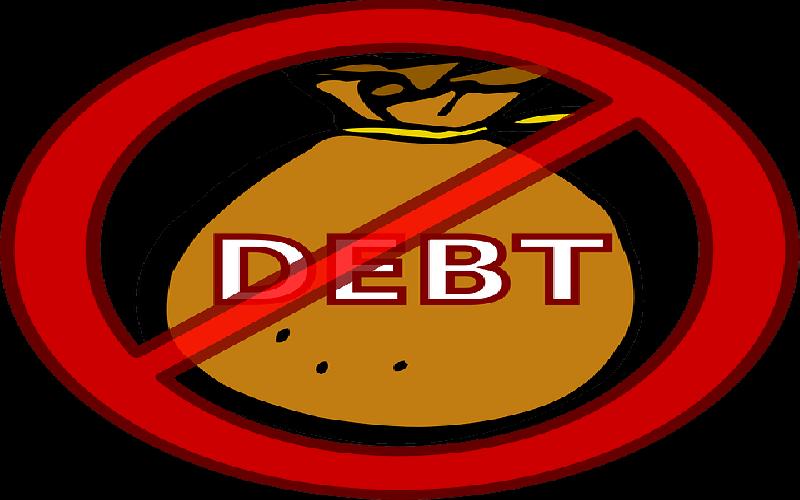US Bankruptcy Procedure : Student Loans


Banruptcy laws in the United States are more reformative than penal and compared to other countries more humane. Student are given loans and in case they default procedures are spelt out in the amended Bankrupty act.
Bankruptcy student loans are presently difficult to discharge. In most countries of the world Bankruptcy student loans are generally difficult or almost impossible to discharge especially the government-funded student loans. New Zealand and Australia are perhaps two notable exceptions where there is some scope of government-funded student loans being discharged in bankruptcy.
The United States which is a bastion of equal rights and fair play discharging bankruptcy student loans is almost an impossibility. In fact the United States was the first nation to enforce an impossibility to discharge government-funded student loans. In 1976, Congress enacted the nondischargeability provision. This was enacted after many studies had revealed that some graduates were circumventing the bankruptcy system by getting their debts wiped out immediately after graduation.
In all countries c it has become increasingly more difficult or impossible to discharge government-funded student loans.
Initially Congress had approved two exceptions to the nondischargeability provision that applied to student loans. A student debtor could discharge his loan in a Chapter 7 bankruptcy if five years had lapsed after the maturity of the loan. All the debtor had to do was to prove to the court that he was under undue hardship if he paid the loan. Amendments to this soon followed and this five-year exception was later revised to seven years. However there was a sea change and this proviso was abolished by the Higher Education Amendments passed by congress in 1998.
Therefore as things stand the only remaining relief from the exception to discharge for student loans in Bankruptcy student loans is the clause of undue hardship. This is applicable to both Chapter 7 and a Chapter 13 proceeding proceedings
Further changes have been effected on April 20, 2005. The government passed an amendment that extended the nondischargeability provision. The provision previously applied only to government and non-profit student loans and now includes student loans issued by for-profit entities also like private loans.
The clause of “undue hardship,” accepted has not been defined in the act or by congress. It is been left to the judiciary to interpret it. Presently the tests developed for the hard ship clause have become more complex.
A recent study of 261 cases reported undue hardship decisions issued by U.S. bankruptcy courts within the 10 year period beginning on October 7, 1994 and ending on October 6, 2003, demonstrated that there were few statistically significant differences in the factual circumstances of the debtors who were granted a discharge versus those who were not.
In contrast there are two types of Government student loans in the UK. The first was available to students who started their courses between September 1990 and August 1998. They are repaid as a direct debit directly to the Student Loans Company (SLC) in equal installments which begin in the April following graduation. However if required these repayments can be deferred if the graduate's income is low enough. They are usually referred to as ‘mortgage-style’ loans.
The second types were introduced in September 1998 for all new students from then onwards. These are sometimes called income-contingent loans, and are repaid through the tax system after graduation. The amount of repayment will depend on the amount you are paid by an employer or earn as someone who is self-employed.
It was for a time possible to discharge yourself from liability to repay (that is, cancel) the second type of loan by declaring yourself bankrupt, and over 1000 students and graduates did just that. The Government however plugged this by passing the Higher Education Act of 2004.
Therefore, regardless of the type of loan that you have taken student loans cannot be cancelled and must be repaid according to the loan agreement you signed.
Demographic Dividend is a phenomenon whereby falling number of dependents and growing workforce provides an opportunity for high rate of economic growth. However, not every country is able to make the best use of such an opportunity.
Budget, in the main, is the money that is available for a business organization and a plan of how it will be spent over a period of time. This article highlights the importance of budgeting in the business management..
Entrepreneurship entails risks, but its advantages are far too enticing to ignore, both for the entrepreneur as well as for the society. Nothing creates personal wealth like entrepreneurship, and nothing helps the economy as it does.